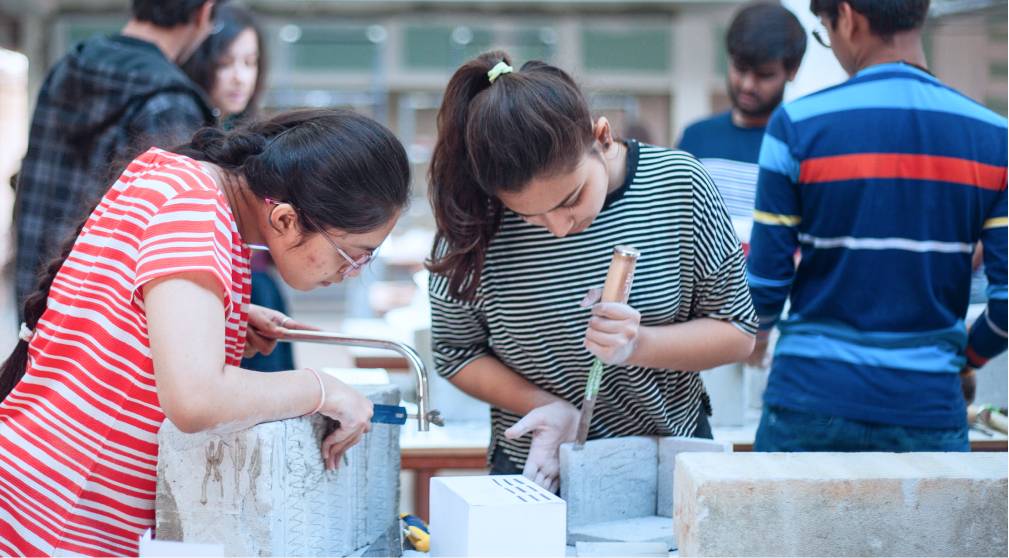Picture this. You work for a company in remote East Africa that sells treadle pumps used to irrigate small plots of land. After a few years, you notice that the pumps have been selling extremely well in some regions while they don’t sell at all in other regions. You’ve been tasked by your boss to increase the sales figure in the low-sales regions.
What do you do? You think design and apply human-centred Design Thinking principles to sort out the problem. Design Thinking has been around for centuries as a problem-solving framework but it’s only in the last 5-10 years that the concept has gained ground as an alternative to a purely analytical approach to problem-solving. In fact, it was the master artist of Italian Renaissance, Leonardo Da Vinci, who applied the concept of design in fields ranging from flying machines to anatomical studies.
Ashoke Chatterjee, former executive director of the National Institute of Design in Ahmedabad, believes Design Thinking is all about “imagining the future”. “It brings together an interdisciplinary team to solve a problem or create something new,” he says. According to him, British mechanical engineer L. Bruce Archer — who later became a professor of design research — was the modern proponent of the concept. “Archer designed an ‘optimal hospital bed’ for UK’s National Health Services, which was adopted as the standard across the world,” he elaborates.
What do you do? You think design and apply human-centred Design Thinking principles to sort out the problem. Design Thinking has been around for centuries as a problem-solving framework but it’s only in the last 5-10 years that the concept has gained ground as an alternative to a purely analytical approach to problem-solving. In fact, it was the master artist of Italian Renaissance, Leonardo Da Vinci, who applied the concept of design in fields ranging from flying machines to anatomical studies.
What do you do? You think design and apply human-centred Design Thinking principles to sort out the problem. Design Thinking has been around for centuries as a problem-solving framework but it’s only in the last 5-10 years that the concept has gained ground as an alternative to a purely analytical approach to problem-solving. In fact, it was the master artist of Italian Renaissance, Leonardo Da Vinci, who applied the concept of design in fields ranging from flying machines to anatomical studies.
Download Report

